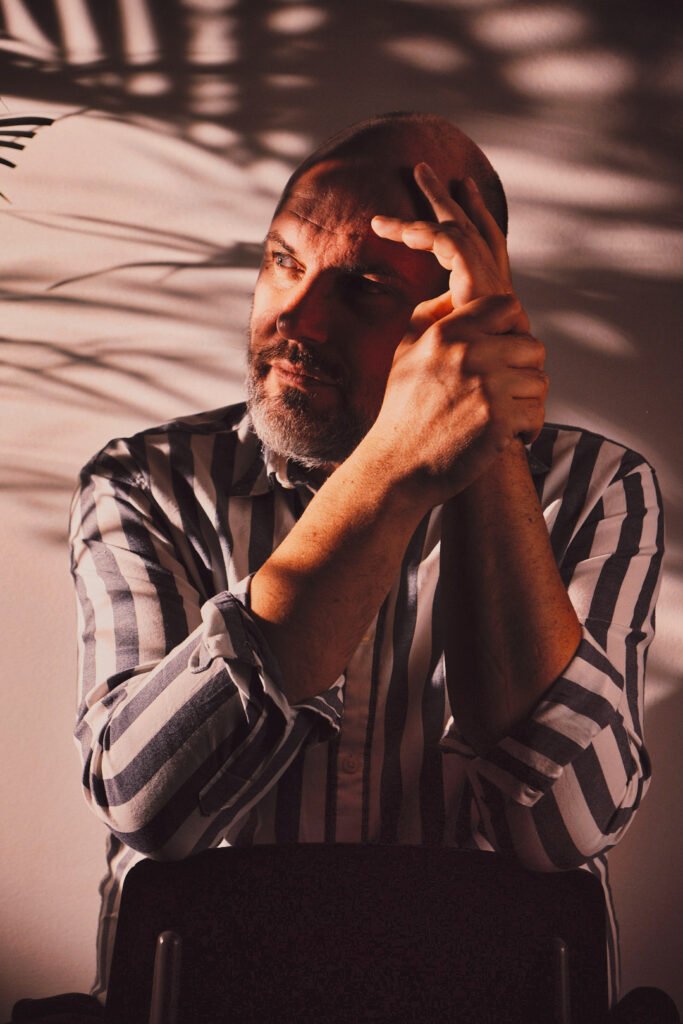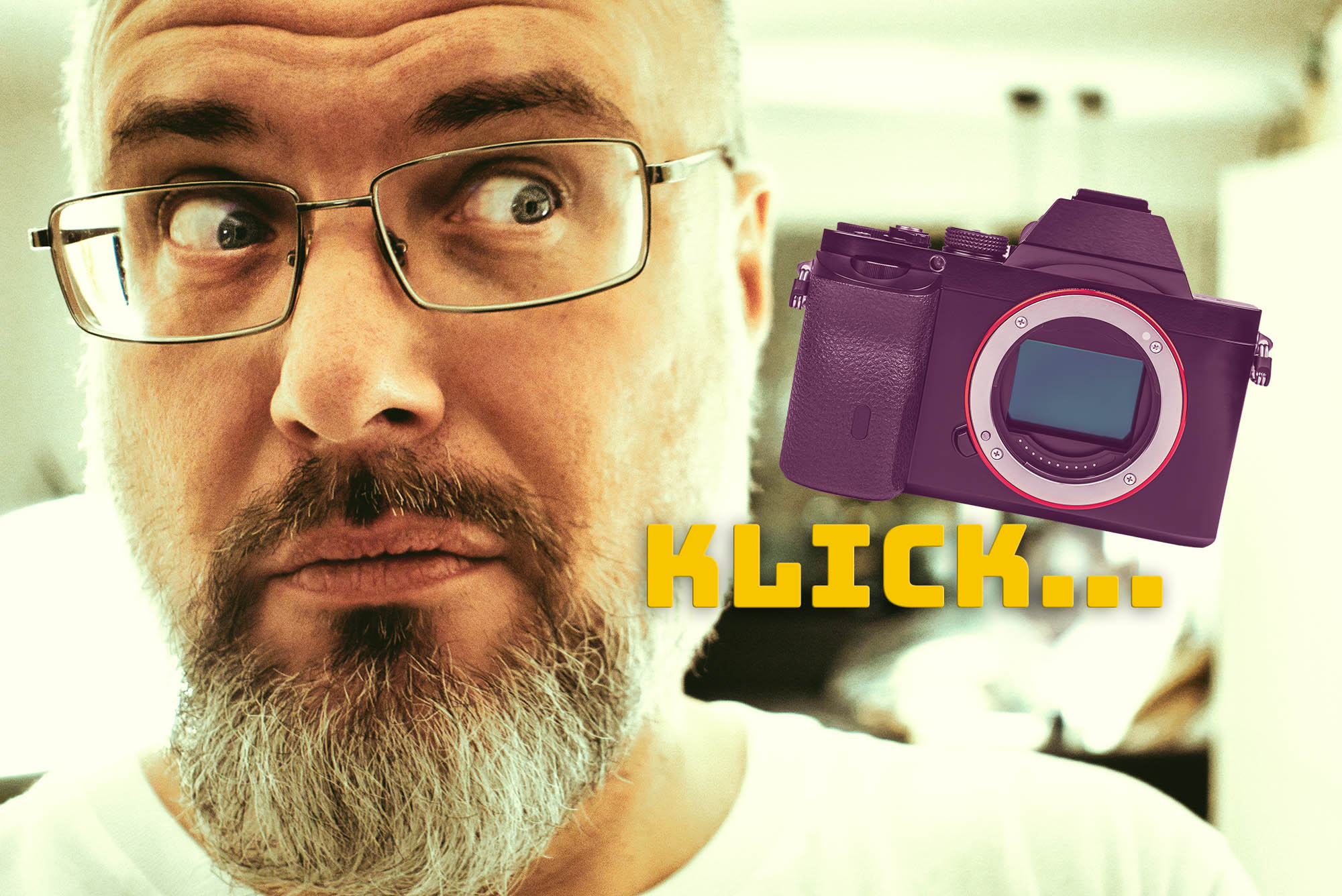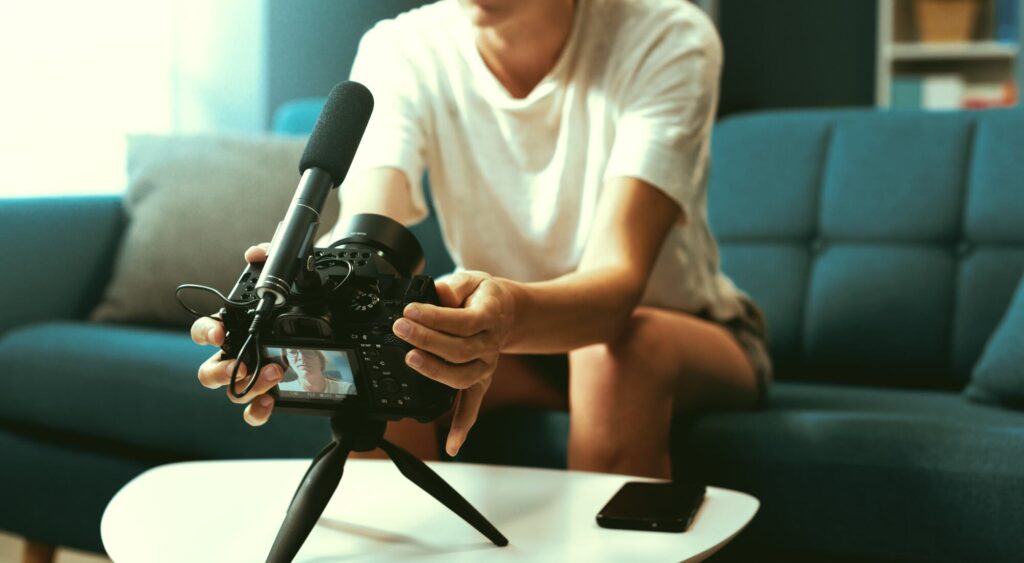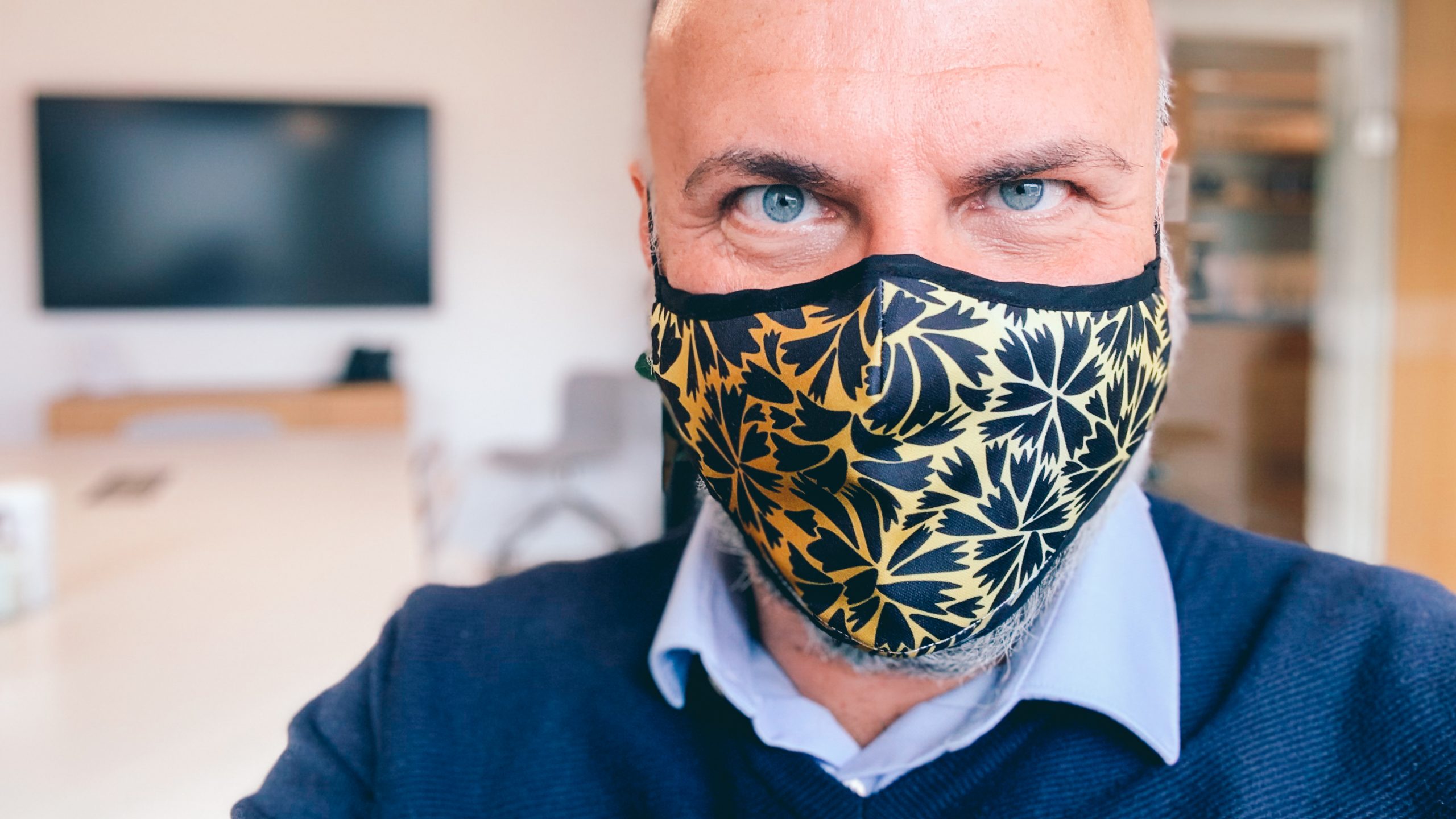The term “unprofitable art” is misunderstood. Artists create value, and without art life is much less worth living for all of us. No art means: no music, no Netflix, no beautiful buildings, no extraordinary designs, no book, and less interaction. No great outfits of the day, no pictures, no new impulses, no inspiration. No YouTube movies, no Instagram posts, nothing on TikTok, Snapchat. Without art, life is white to transparent.

And despite the enormous importance of art, unfortunately the self-absorbed or ignorant part of our society (and at times our parents too) still thinks that artists are profiteers instead of making profit. “Art must be subsidized!” I consider that to be a gross conceptual error. Art does not have to be subsidized, art has to find its market. Collectively or alone.
Originally, “unprofitable art” certainly did not mean that art basically does not bring any money. “Unprofitable art” meant that artists implemented “pro bono” projects, i.e. worked unpaid for once. Anyone can create art today – without formal training, without a lot of equity, without connections. That’s great, and the computer brand with the apple is a very big part of that mass empowerment. Anyone can make art, and anyone can have it custom made and shipped risk-free via print-on-demand and drop shipping. Anyone can sell digital art as NFT and plan and run their own auction rounds. In the current digital art euphoria, nobody should be confused by self-appointed prophets who explain simple “NFT manufacturing” in complicated ways. Everyone can build their own audience, maintain their own channels with relevant followers. Everyone can create additional digital products based on their art, which can be used to pay rent and much more. The spectrum is so wide – it ranges from embroidery instructions to online courses to our own color collections and macros for popular software programs (“Filters”, “LUTs”…)
Classic power relations in the art market will no longer exist in their usual form in the future, and that’s a good thing. Arrogance, artificially created barriers to market access, scarcity caused by the expensive and time-consuming mistaken belief in the fabulous quality of one’s own “vita” – proclaimed by art academies, curators, museums and galleries – will disappear. Gatekeepers in TV stations and publishers are becoming less influential. Your own audience provides the reference!
So, did we just have a little glitch that lasted a few centuries? Up until the Middle Ages, talented people honed their skills as trainees with established painters, authors, or actors. They produced for a market, for a clientele, for individual clients. In recent times, this has long been frowned upon, which has led to over-intellectualization and the hope of finally achieving a minimum income, at least after death. What the market didn’t want was delivered.
Luckily, the internet, social media, NFTs in blockchains and, in the future, the Metaverse are putting this head-sick watering can back on its feet. If you want to make art, you don’t need an expensive and long university education or external “experts”. If you want to make art, you need talent, a story, an audience, and the know-how to build your own brand. Start, go out, learn to walk, improve… keep going.
According to Forbes, Mr. Beast made it back to the top of the YouTube charts in 2021. Of a total of 300 million advertising dollars that the platform has distributed to its creators, 54 million went to the Wichita-born 23-year-old. With its 87.5 million subscribers, he has over 14.2 billion views. Jake Paul is hot on his heels with $45 million.
Content creators like Mr. Beast are artists. And art and money go together! There are far more impressive examples of this. Damien Hirst is the richest living artist and the richest artist ever, with an estimated fortune of around 1 billion euros. Art has many forms and faces: painters, sculptors, conceptual artists, film producers, entertainers, but also actors like Tom Cruise (approx. 515 million euros) and The Rock Dwayne Johnson (approx. 80 million euros annual income), musicians like Paul McCartney (approx. 1 billion euros) or Madonna (approx. 800 million euros) and of course book authors such as James Patterson (approx. 480 million euros) and JK Rowling (about 900 million euros) occupy top positions on the list of super-rich creatives.
Should we be looking at these prodigies in the top spots? Is that the yardstick we can realistically reach for – and how did they get there? Those who are up today have worked hard to get there. They were and are creative and can bring their creative products to an audience and take money home.
Don’t you understand that many kids today dream of becoming creators? You can see what you can earn with it and compare the income with standard wages and 8-to-5 jobs. As with any solopreneur, being an artist means being able to plan for success at your own risk. Whoever succeeds in this early on will never forget it!
Belgian artist and poet Dries Ketels shows us why Instagram, TikTok and an own artist website are more important for success than the wet dream of gallery owners and agents helping us to grow. Dries Ketels appeals to artists to market themselves pragmatically and shows how this can work. Ketels lives in Ghent. From 2011 to 2015 he studied art at the university there and at the Freie Universität Berlin.
What Ketels conveys can easily be applied to influencers, Key Opinion Leaders (KOLs), performing artists and DIY bloggers with an arts and crafts focus. In my opinion, it makes sense for artists of all ages to get a “digital rejuvenation” today and to be accompanied by competent coaches with online marketing competence when entering the market, growing, and marketing.
If you know the way, wear the right shoes, and dare to walk today, you own the art world!




